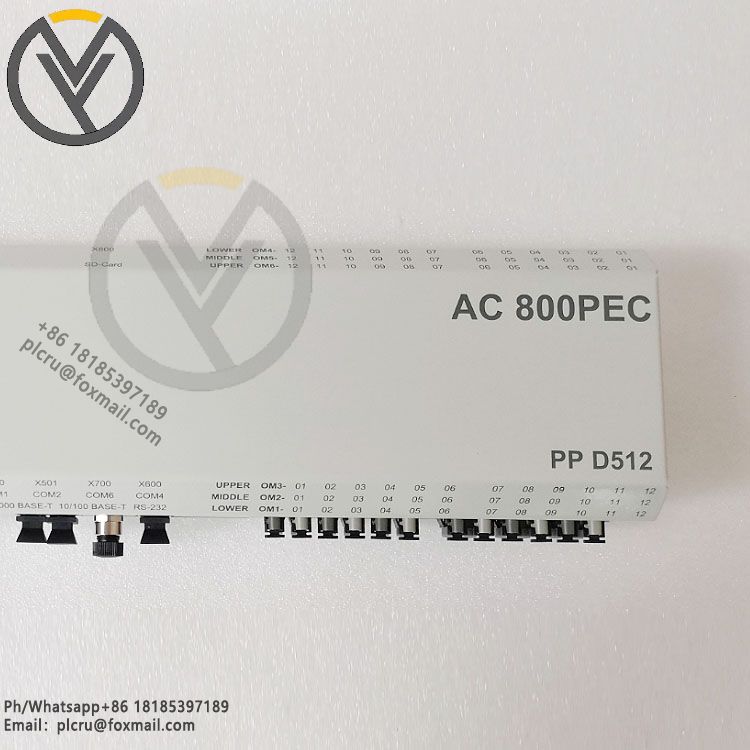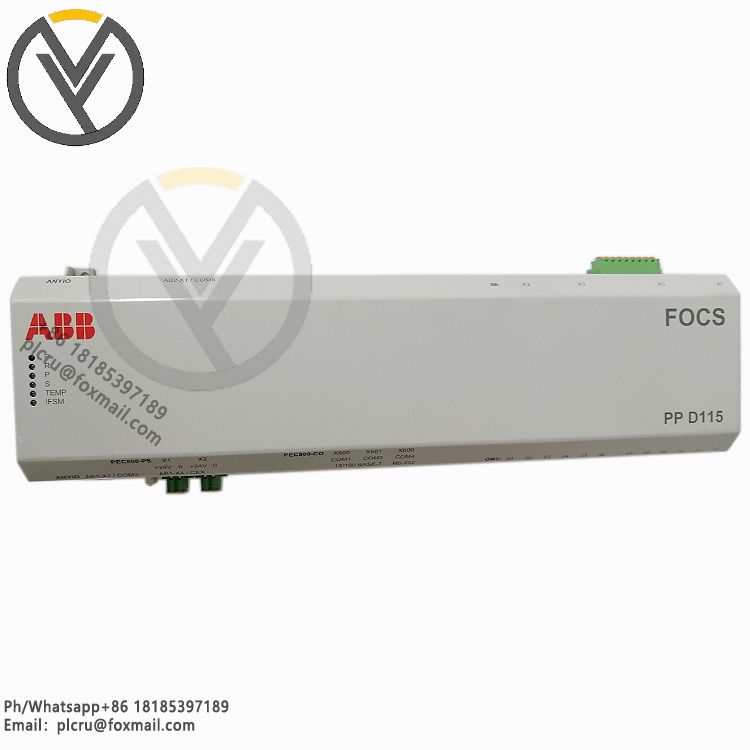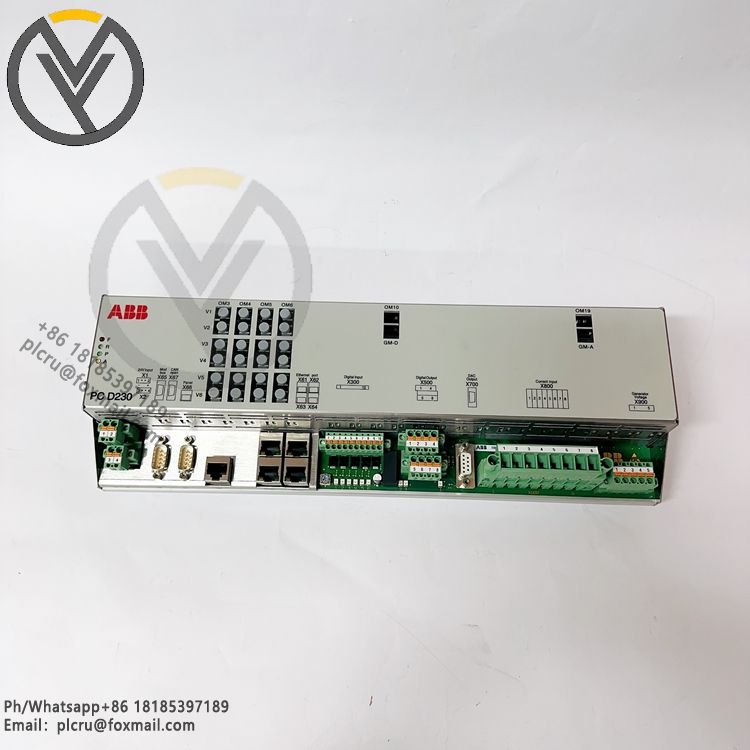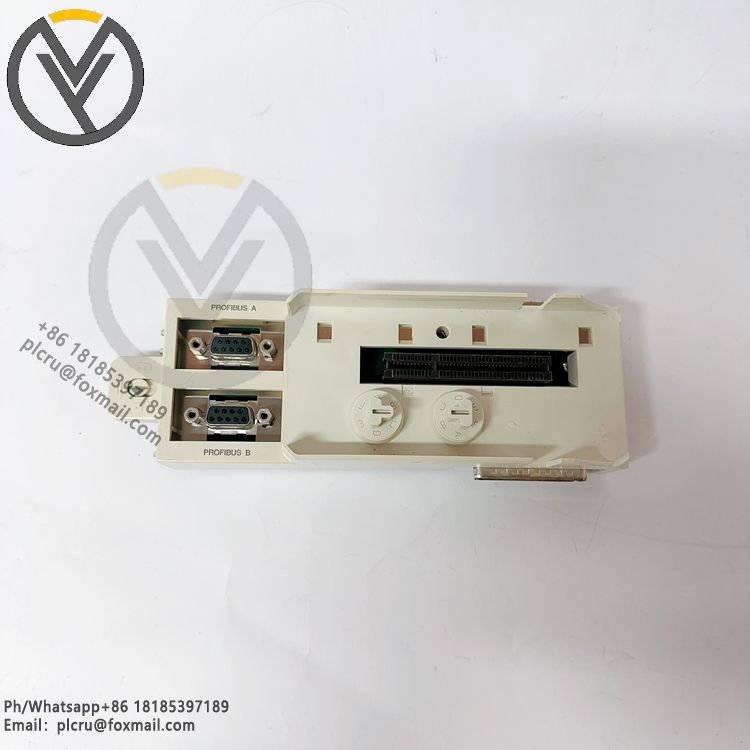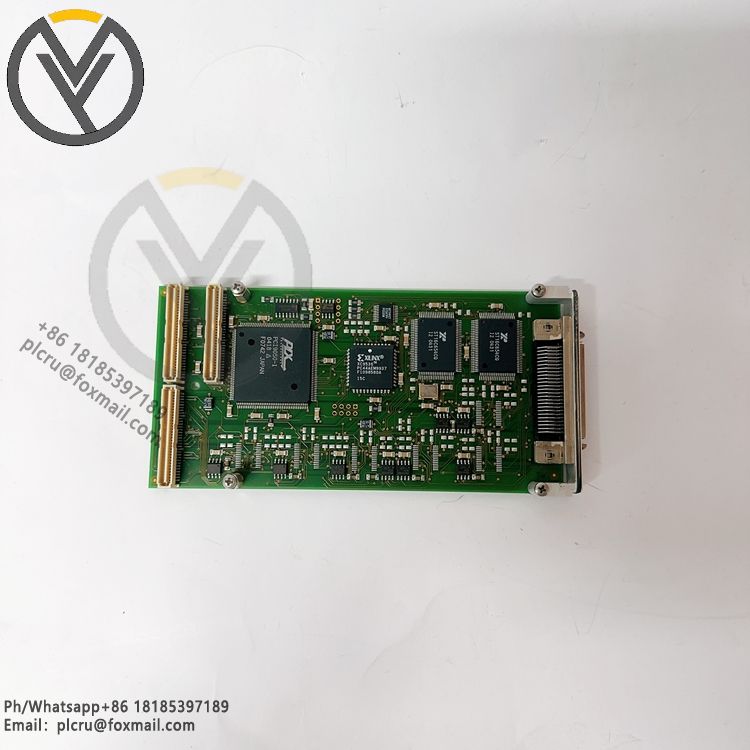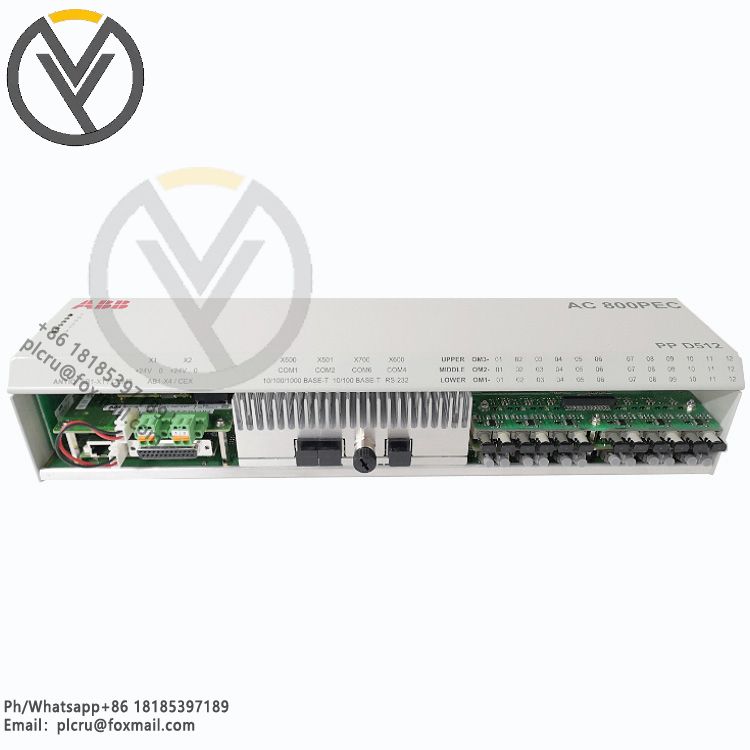
ABB 3BDZ000398R1 Redundancy Link Module
Delivery time 3 days
Product origin New/used
Email plcru@foxmail.com
Mobile/wechat /WhatsApp +86 18185397189
ABB's 3BDZ000398R1 is a redundant link module, mainly used in industrial aut
ABB's 3BDZ000398R1 is a redundant link module, mainly used in industrial automation control systems to enhance the reliability and stability of the system. Here is some information about it:
Functional features
Redundancy function implementation: Supports redundant configuration of the system. By linking the main and standby devices or modules, it ensures that when the main device fails, the standby device can seamlessly take over the work, realize uninterrupted operation of the system, and reduce the production interruption time caused by equipment failure.
Communication link and data transmission: Provides reliable communication links for transmitting data and control signals between various components in the redundant system. Ensure data synchronization between the main and standby devices, so that the standby device can obtain the operating status and related information of the main device in time, so that it can quickly switch and continue to work normally when needed.
Fault monitoring and diagnosis: With fault monitoring function, it can monitor the status of itself and the connected devices or modules in real time. It can detect problems such as communication failure, equipment failure, and give corresponding fault prompts through indicator lights or other methods, which is convenient for maintenance personnel to quickly locate and troubleshoot faults.
Technical parameters
Working voltage: Usually DC 24V, but different application scenarios and configurations may vary. Please refer to the product manual for details.
Communication interface: may support multiple communication protocols, such as Profinet, Modbus, etc., so as to connect and communicate with different devices or systems.
Data transmission rate: according to the supported communication protocol and interface type, it has a corresponding data transmission rate, for example, it may reach 10Mbps or higher under some protocols.
Protection level: generally IP20, suitable for installation under relatively good environmental conditions such as indoor control cabinets, and can prevent objects larger than 12.5mm from intruding, such as fingers, tools, etc.
Application scenario
Industrial automation production line: in automated production lines such as automobile manufacturing and electronic equipment production, it is used to connect key control equipment, such as PLC, controller, etc., to ensure the continuous operation of the production line and avoid the whole line shutdown due to the failure of a single device.
Power system: in power systems such as substations and power plants, it is used for the redundant configuration of protection and control systems, such as connecting protection relays, monitoring equipment, etc., to ensure the stable operation of the power system and improve the reliability of power supply.
Process control system: In process industries such as chemical, petroleum, and metallurgy, for some key process control links, such as reactor control and distillation tower control, redundant link modules are used to achieve redundancy in the control system to prevent production accidents or quality problems caused by control equipment failures.
Installation and maintenance
Installation method: Supports standard 35mm DIN rail installation, which is convenient for installation and fixing in industrial control cabinets. It may also support other methods such as panel installation, depending on the design of the module.
Wiring requirements: When wiring, it is necessary to follow the instructions of the module to make correct wiring, ensure that the power cord, communication line, etc. are firmly connected, and avoid looseness or poor contact, so as not to affect the normal operation of the module.
Maintenance points: Regularly check the operating status of the module, including checking whether the indicator light is normal and whether the communication is stable. At the same time, pay attention to keeping the module clean to avoid dust accumulation affecting heat dissipation and performance. If a module failure is found, it should be promptly checked and repaired according to the fault prompt information, and the faulty module should be replaced if necessary to ensure that the redundancy function of the system is always effective.
